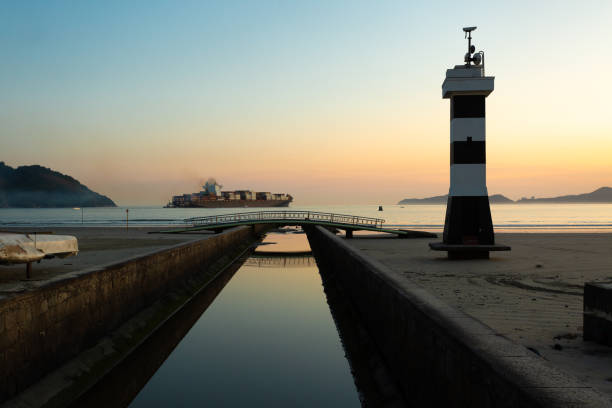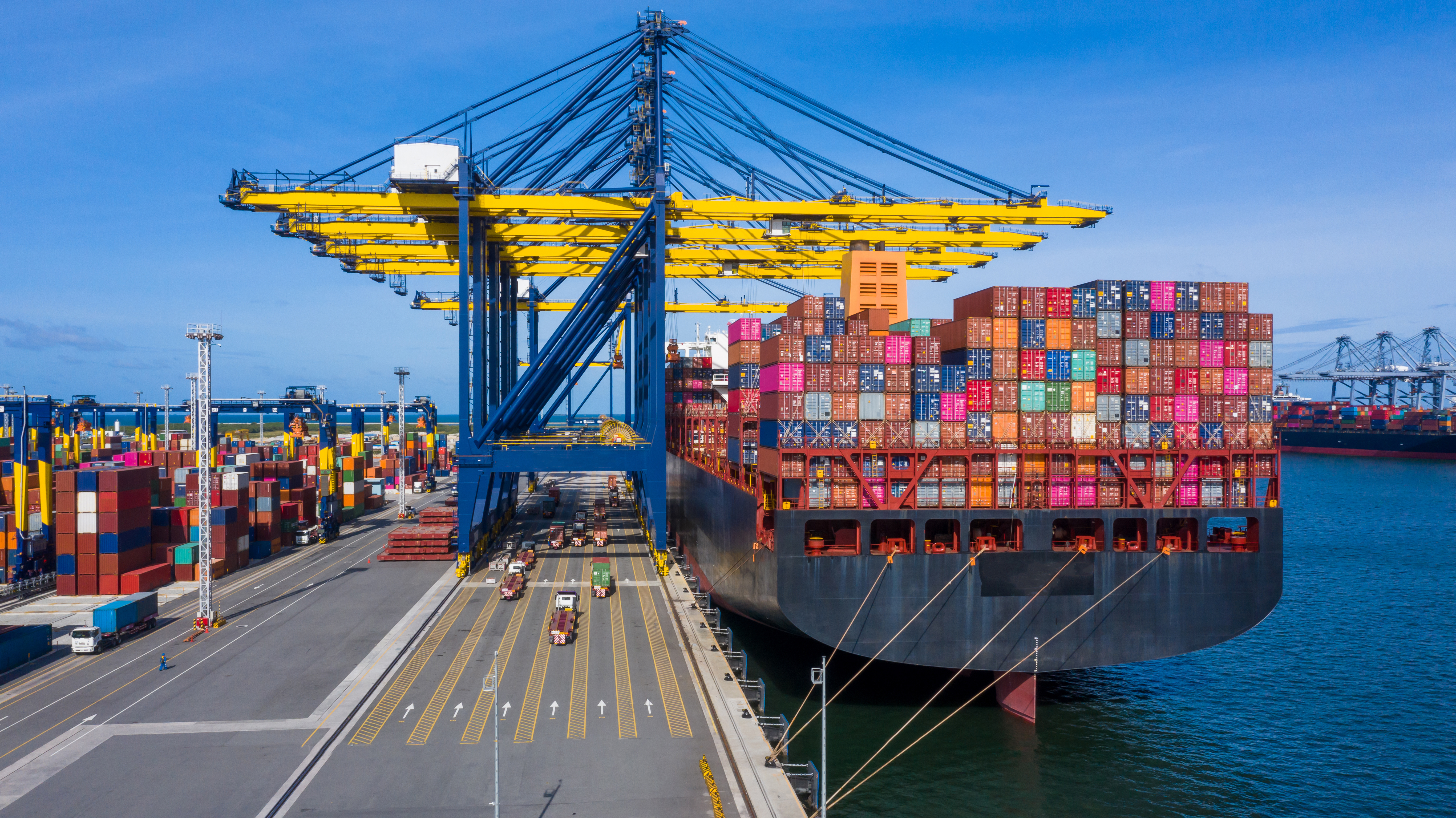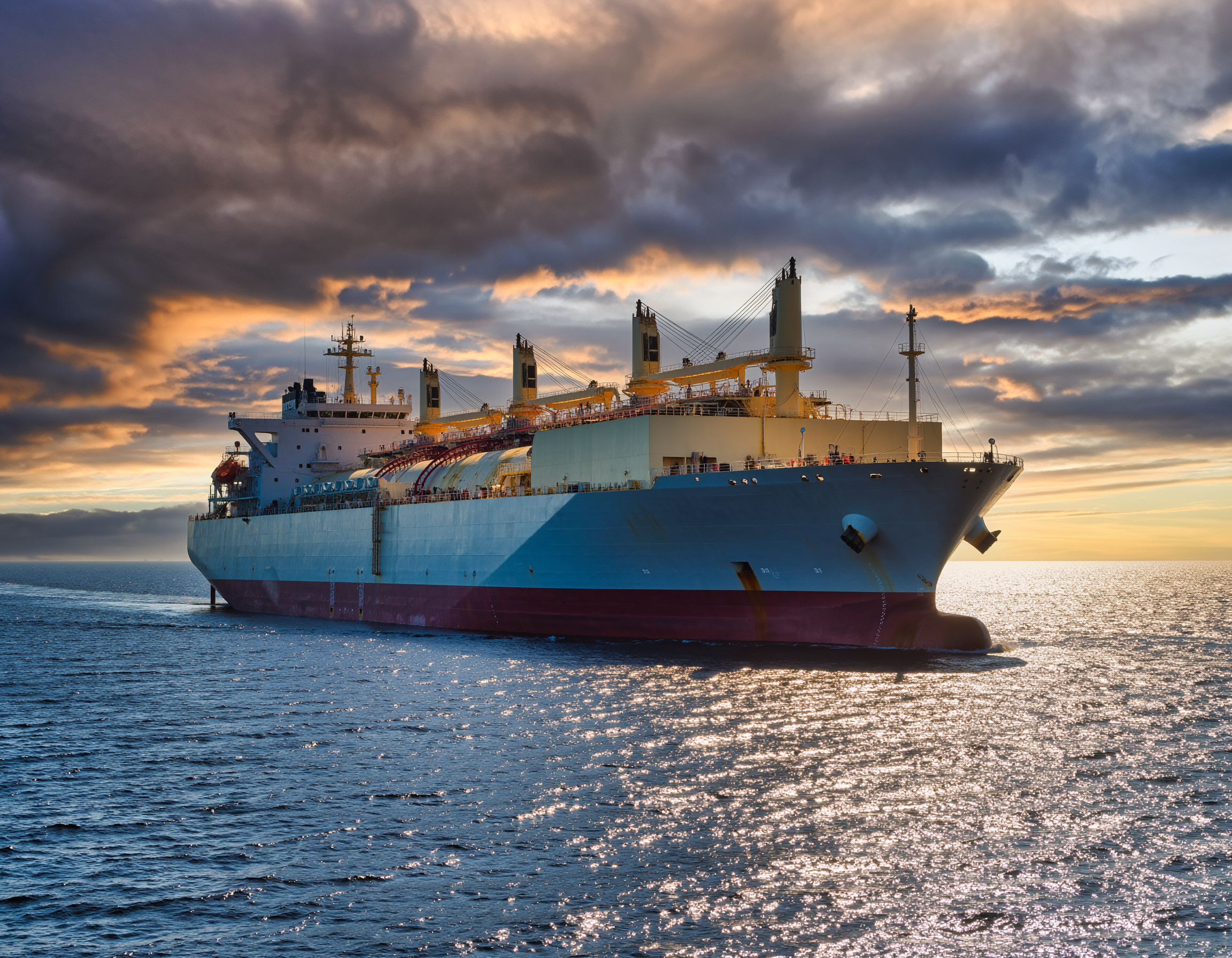
Home of famed football player Pele, Santos Brazil is also home to beautiful beaches and one of the busiest ports in South America.
Located just 31 miles south of Sao Paulo, Santos is divided into two areas: the heavily urbanised island and the continental area just a few feet above sea level, which is cut off from the mainland by a tidal channel. An estuary is the natural boundary between the cities of Santos and Guarujá, in the islands of São Vicente and Santo Amaro respectively, and forms the navigation channel of the port. The channel is free from obstructions and widens into a bay deep enough for the largest ocean-going vessels. Most rivers were channelled in the early 1900s by Saturnino de Brito, who designed the system of canals to help modernise the drainage system in the swampy areas. The climate in Santos is tropical rainforest, which is warm and experiences an average rainfall throughout the year.
Founded in 1543, Santos has been long known as a port city – first through the export of coffee and then other commodities. Santos was significantly modernised and expanded in the 1990s to incorporate new technologies, operating with specialised terminals for containers, general cargo, and dry and liquid bulk, and it is responsible for almost 27% of the country’s trade. Santos is considered the largest port in Latin America, with its docks being 25km long and able to accommodate about 50 ships at a time.
The elements of the waterway infrastructure (channel, berths and access) undergo natural depositional processes and require periodic dredging. The sediments are then launched into a unique Oceanic Disposition Polygon (OPD), which consists of a rectangular area approximately 10 km from the coast with depths of up to 25m. The area is maintained by the Port and is favourable to the natural dispersion of the sediment, which does not return back to the coastal region. The Port is also responsible for monitoring the ODP and the possible effects on the environment, with the aim to identify if mitigation is needed.
Pollution claims
The port of Santos is keen to protect its waterways from environmental incidents, for both current and future generations. The Agency of Petroleum, Natural Gas and Biofuels (ANP) has recently published an updated Incident Reporting Manual (in Portuguese only). It contains an updated reporting requirement that whoever witnesses a spill or harmful environmental incident must report it immediately to the nearest agency, regardless of the amount. There is no time bar for reporting. If it is impossible to report the incident immediately, the date and time of the unsuccessful communication attempt must be recorded in the vessel’s logbook and witnessed. Failure to notify the authorities could result in both criminal and civil fines that can include sanctions against the masters, shipowners and operators of vessels and platforms that do not comply with the rules. Members should also contact the local club correspondent if a potential and/or actual spill has occurred, in order to protect their interests.
Surge damage claims
Due to the high volumes of port traffic and the shallow and winding channel, there is potential for wash damage. Wash damage is usually caused by the large container ships and deep draft bulk carriers entering and leaving the docks. If the hydrodynamics are too strong or the mooring lines are too slack, this can cause damage to the hull, fenders, quays and equipment. Vessels should pay attention to the lines and have crew constantly tend to them. The vessel should also have proper mooring arrangements as per the terminal’s Mooring Plans. Captains should follow the speed allowance listed by the Captain of the Port to further reduce the potential for wash damage and review the circular provided by the Santos Pilot Association. If there is any alleged damage being claimed by a vessel or a terminal, we suggest that the vessel owners save their VDR and AIS data, and contact their local correspondent or P&I Club to coordinate a surveyor to attend to protect their interests.
Cargo claims
With Santos being the largest port in South America, there is always a potential for cargo loss or shortage claims, regardless of whether it comes from a container or a bulk carrier. Cargo interests with containerised cargo should use the correct type of equipment and protective seals when moving cargo. They should also properly document their bills of lading with accurate names and counts for the commodity. They should also pick up the cargo from the port and deliver it accordingly to avoid pilferage. Bulk carriers should proactively hire surveyors to do draft surveys both at the port of loading and the port of discharge. In the instance that there is a loss, vessels should also accurately describe, take pictures and document the loss to the best of their ability, and either issue a letter of protest or notate the bill of lading.



![The Solomon Trader [2025] EWCA Civ 1387: The ‘pay to be paid’ rule affirmed in the Court of Appeal](/fileadmin/uploads/ukpandi/News_Images/AdobeStock_104743067.jpeg)
